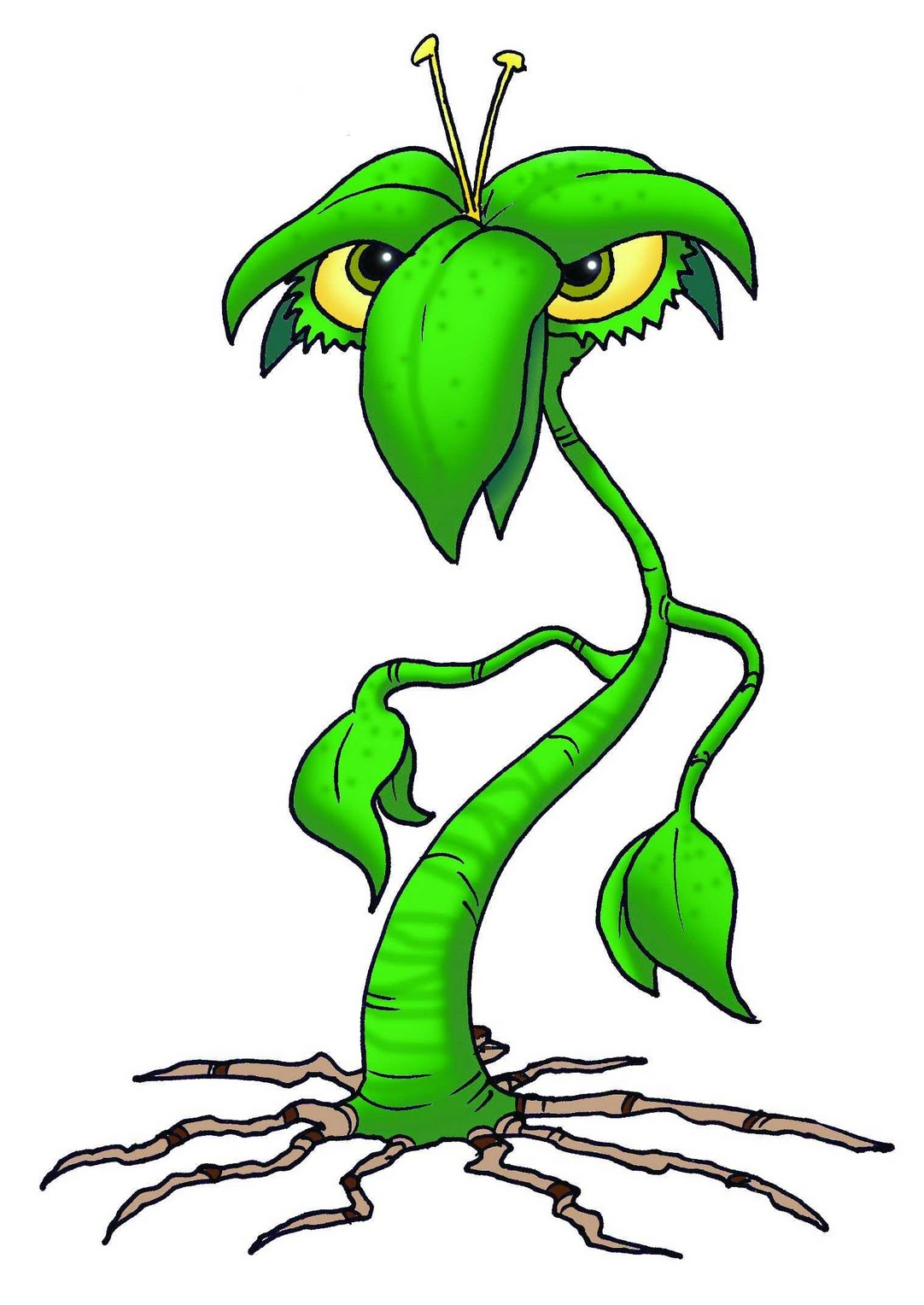 Invasive Trees of Northern Arizona - April 12, 2017 Jeff Schalau, Agent, Agriculture & Natural Resources University of Arizona Cooperative Extension, Yavapai County Sometimes trees behave like weeds and when they do, it’s time for action. I have chosen to focus on three invasive trees that threaten wildland and riparian ecosystems of the Verde Valley: Siberian elm, tree-of-heaven, and salt cedar. All are invasive and displace native vegetation. Their invasive qualities negatively impact wildlife habitat, species diversity, forage availability, recreation, and property values. Chances are you have one or more of these trees on your property. If so, it is probably in your best interest to start thinking about killing and replacing them with more desirable species. Siberian elm (Ulmus pumila) is a fast-growing, medium-sized tree with an open, round crown of slender, spreading branches. They look similar to American elms and are native to northern China, Manchuria, eastern Siberia, and Korea. It generally measures 50-70 feet tall with a spread equal to three-fourths its height. Its rough bark is gray or brown and shallowly furrowed at maturity. The tree flowers in spring before leaves begin to unfold. The winged seeds follow quickly and are disseminated by wind, allowing the species to form thickets of hundreds of seedlings in bare ground. In the spring, Siberian elm seeds blow around like flurries of snow. Seeds germinate readily and seedlings grow rapidly. This species is most prevalent in Prescott, West Sedona, Flagstaff, Holbrook, and Winslow. Tree-of-heaven (Ailanthus altissima) is a small to medium-sized tree with smooth gray bark. Verde Valley residents may know it as the tree that dominates the Town of Jerome. Leaves are compound with 11-25 leaflets. Tree-of-heaven leaves could be confused with those of sumac, pecan or black walnut, but are often much larger. Flowers occur in panicles at the ends of branches; male flowers produce a strong odor, which has been described as "the smell of burnt peanut butter." The leaves when crushed also produce this distinctive, offensive odor. Tree of heaven also has winged seeds that are spread by wind and flowing water. One tree-of-heaven can produce up to 350,000 seeds in a year. Established trees also produce numerous suckers from the roots which resprout vigorously from cut stumps and root fragments. Tree-of-heaven also produces a toxin in its bark and leaves. These toxins can accumulate in the soil and will inhibit the growth of other plants (a phenomenon called allelopathy). This species is most prevalent in Jerome, Prescott, Dewey, Camp Verde, Cottonwood, and Clarkdale. Saltcedar (Tamarix chinensis) was introduced from Eurasia in the 1800's as an ornamental and is now wide spread in the western United States. It grows as a shrub or small tree, usually 5 to 20 feet tall. Bark on saplings and stems is reddish-brown. Leaves are small and scale-like, on highly branched slender stems. Saltcedar is deciduous. Flowers are pink to white in spike-like clusters. Under favorable growing conditions, it can grow 9-12 feet in a single season. Saltcedar has invaded riparian areas across the southwest. Damage by saltcedar includes the displacement of valuable cottonwood/willow, seepwillow/baccharis, and other native plant species. Over time, it often forms a pure stand. Saltcedars compete with native plants and invade areas by producing abundant seed, rooting and proliferating from buried stems, and concentrating salt in the leaves, which drop to the ground and inhibit growth of nearby plants. Saltcedar is usually found near flowing water and has colonized along the Verde River, its tributaries, and many other streams and riparian areas in the Western U.S. Controlling these species is not easy, but it can be done. Young trees (one year or less) can be dug out and hand pulled. While hand removal may seem the best solution, these woody weeds become increasingly difficult to kill with age. Mature individuals can be managed by cutting and applying an appropriate herbicide to the cut stump. The University of Arizona Cooperative Extension has a publication outlining this treatment at cals.arizona.edu/pubs/garden/az1401.pdf. It may seem brutal to advocate the killing of trees. However, if you look at the literature regarding these three species, they consistently cause serious environmental problems once they become established. Why be part of the problem, when you can be part of the solution. I have included additional resources containing photos below. Follow the Backyard Gardener on Twitter – use the link on the BYG website. If you have other gardening questions, call the Master Gardener help line in the Camp Verde office at 928-554-8992 or e-mail us at verdevalleymg@gmail.com and be sure to include your name, address and phone number. Find past Backyard Gardener columns or provide feedback at the Backyard Gardener web site: http://cals.arizona.edu/yavapai/anr/hort/byg/. Additional Resources Siberian Elm (Ulmus pumila) Yavapai County Native and Naturalized Plants (University of Arizona Cooperative Extension) cals.arizona.edu/yavapaiplants/SpeciesDetail.php?genus=Ulmus&species=pumila Tree of Heaven (Ailanthus altissima) Yavapai County Native and Naturalized Plants (University of Arizona Cooperative Extension) cals.arizona.edu/yavapaiplants/SpeciesDetail.php?genus=Ailanthus&species=altissima Saltcedar (Tamarix chinensis) Yavapai County Native and Naturalized Plants (University of Arizona Cooperative Extension) cals.arizona.edu/yavapaiplants/SpeciesDetail.php?genus=Tamarix&species=chinensis |